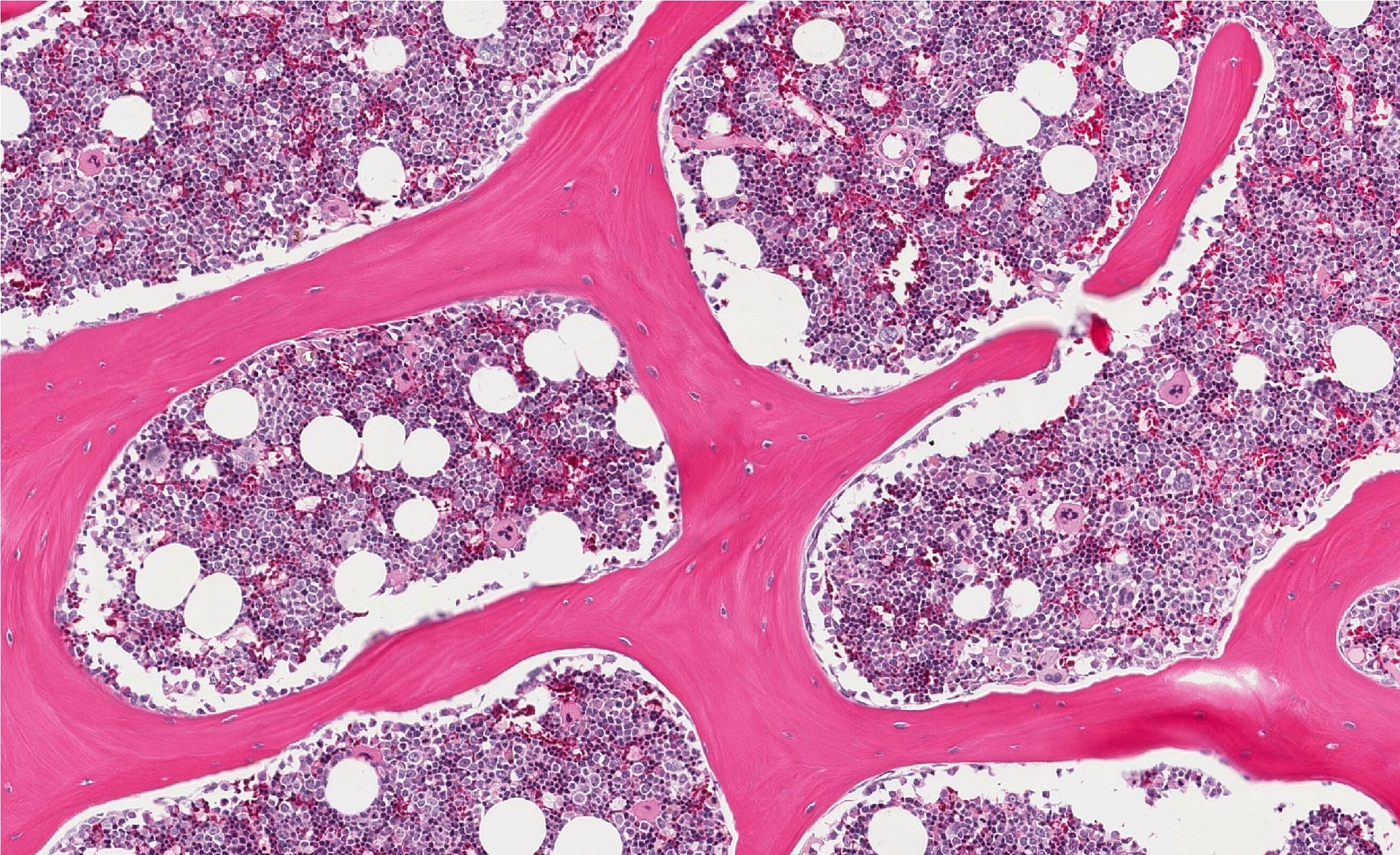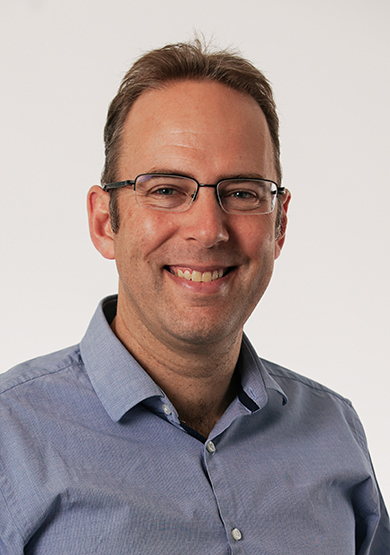A major stumbling block hampering further breakthroughs in cancer therapy is a lack of appropriate humanised pre-clinical models and phenocopying a human microenvironment that permit engraftment and analysis of cancer stem cells.
To date, there is no routine in vivo method to study potential therapeutics prior to clinical trial for a number of cancers including myeloproliferative disorders and certain leukaemia molecular subgroups.
To address this problem, we have developed murine avatars of human myeloid malignancies (acute myeloid leukaemia AML, chronic myeloid leukaemia CML, and myelofibrosis) using human mesenchymal stem cells to predict relapse and test targeted therapies. We propose to validate our avatars for therapeutic testing.
We will perform a direct comparison of the clonal evolution in AML patients from presentation to relapse, to clonal uptake and relapse in the ossicle xenotransplantation models, we will characterise the clonal architecture in a panel of 40 matched diagnostic and relapsed samples from AML patients using targeted customised hybrid capture sequencing.
We will also perform innovative experiments to optimise timing and consistency of ossicle formation by enriching for stromal stem cell markers and vasculogenesis in serum-free conditions. We will establish the first murine avatar models of CALR+ myelofibrosis and chronic myeloid leukaemia and evaluate the health economic benefits of pre-clinical murine avatar trials. By developing these avatars we can inform clinical decision-making thereby enabling clinicians to choose best treatment options to improve outcomes and survivorship for Australians with blood cancers.
Project Leader
PARTNERING INSTITUTIONS
The University of South Australia, CALHN, Flinders University, SA Pathology


